I grew up listening to my Grandmother's stories about how a member of the Group of 7 had a cottage in Wawa and regularly took trips with local boat owners to explore and paint along the Superior shoreline.
During a special Glenn Gould and Group of 7 train event in 2015, I was introduced to Ken Ross, son of Harry and Jennie Ross, friends of A.Y. Jackson, a prominent member of the original Group of 7. The Ross’s co-purchased a cottage with Jackson on Sandy Beach in 1955.
Between 1955 and 1966, Jackson (well into his 70’s and early 80’s) ventured by foot and by boat from his tiny Sandy Beach cabin. In his autobiography, “A Painter’s Country”, Jackson described Lake Superior by writing “I know of no more impressive scenery in Canada for the landscape painter.” (pg 46) Accompanied by friends and fellow explorers, he created 100's of sketches and paintings depicting the Lake Superior landscape from Batchawana Bay to Pukaskwa. Many of Jackson's Wawa sketches were painted in the vicinity of Sandy Beach.
At the end of Jackson's Wawa paint trips, he and the Ross family would invite friends and neighbors to a social and bonfire on the beach. Jackson would have all his sketches on display tacked to the logs on the outside of his cabin. Some of them would still be damp with fresh paint. Folks could purchase one of his creations for $50 to $70 or commission Jackson to make a larger version over the winter back in his studio for $300 +. Jackson was also very generous with his sketches and often gifted them to locals who provided transportation out on Superior, invited him to their homes for dinner, or simply let him sit and paint the view in front of their property.
There is no complete inventory of his creations. These sketches are now turning up at fine art auctions across the continent. In the past 5 years, there have been at least 30 paintings pop out of the woodwork which we know Jackson painted in the Wawa area. He often wrote Wawa or Michipicoten on the back of the painting. And for those of us who have a first-hand knowledge of the landscape, such as the roll of the hills and the curves of the shoreline, we are sometimes able to pick out the exact spot where Jackson sat and painted. It is the ultimate Canadian scavenger hunt...discovering the site where a member of the Group of Seven was inspired to sit and let the creative spirit flow through their paintbrush to a blank canvas.
Jackson was 84 when he stopped coming to Wawa. He ended his years as an artist in residence at the McMichael Gallery in Kleinberg. He died in 1974 at the age of 92 and is buried on the Gallery grounds with other members of the Group that were inspired by Algoma country and shared its beauty with the world.
For an unofficial look at some of the many Wawa-Jackson painting sites go to Finding A.Y. Jackson in Wawa.
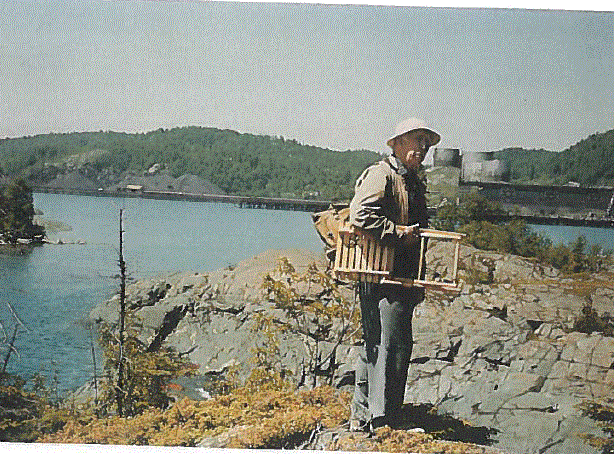
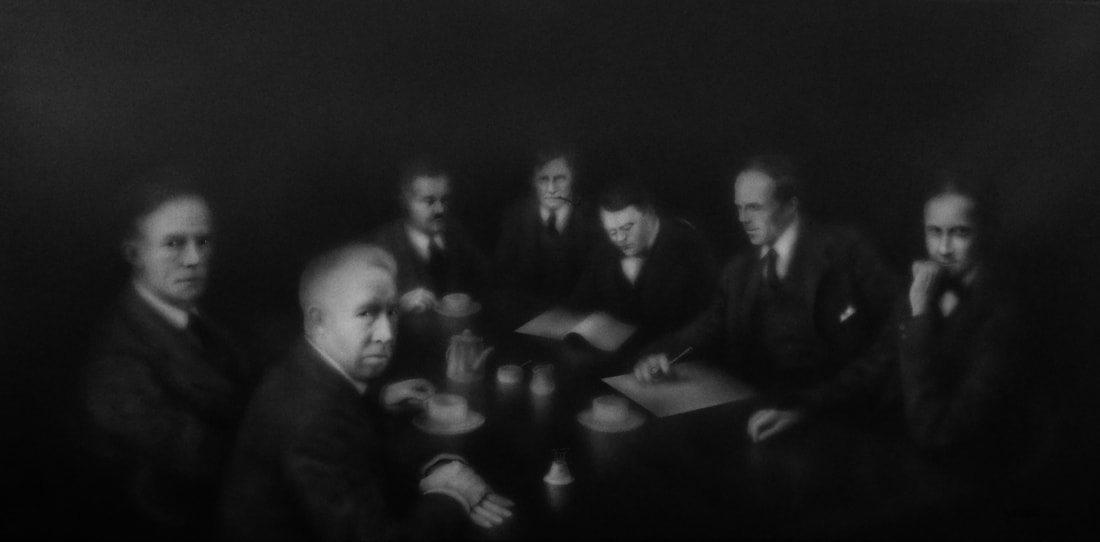
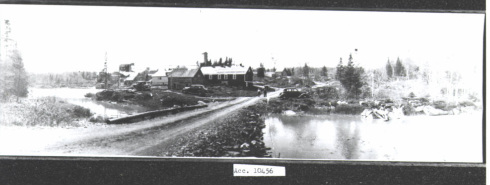
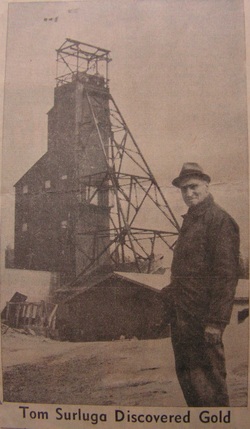
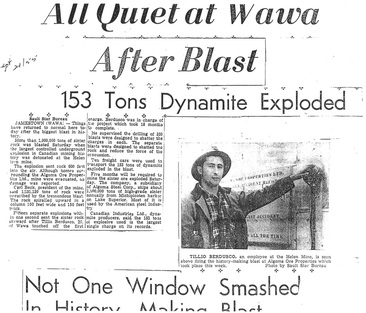
 RSS Feed
RSS Feed
